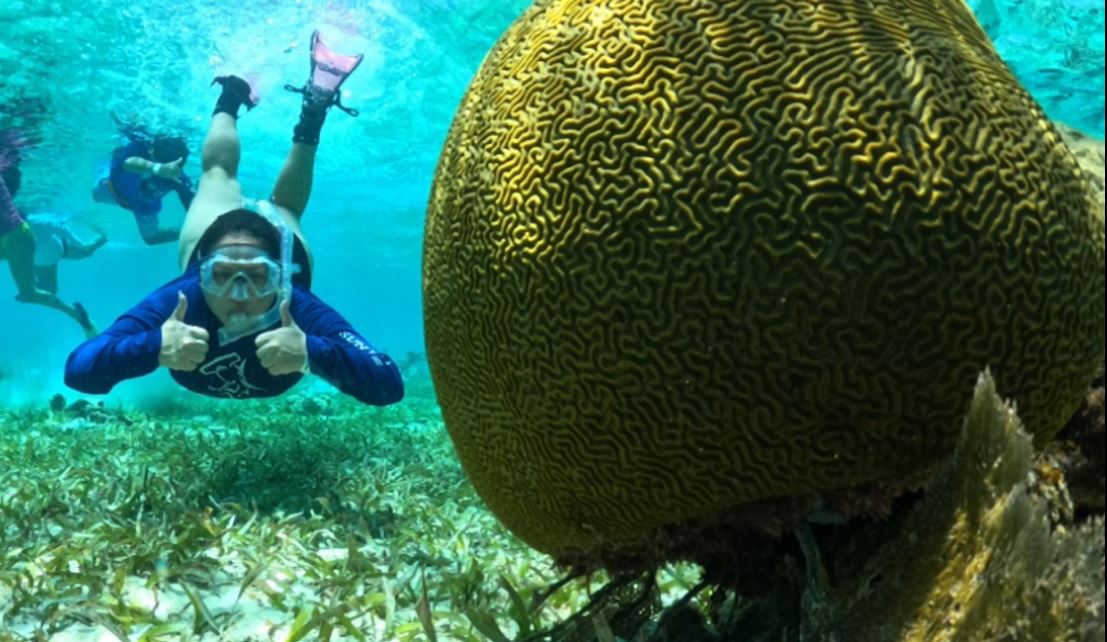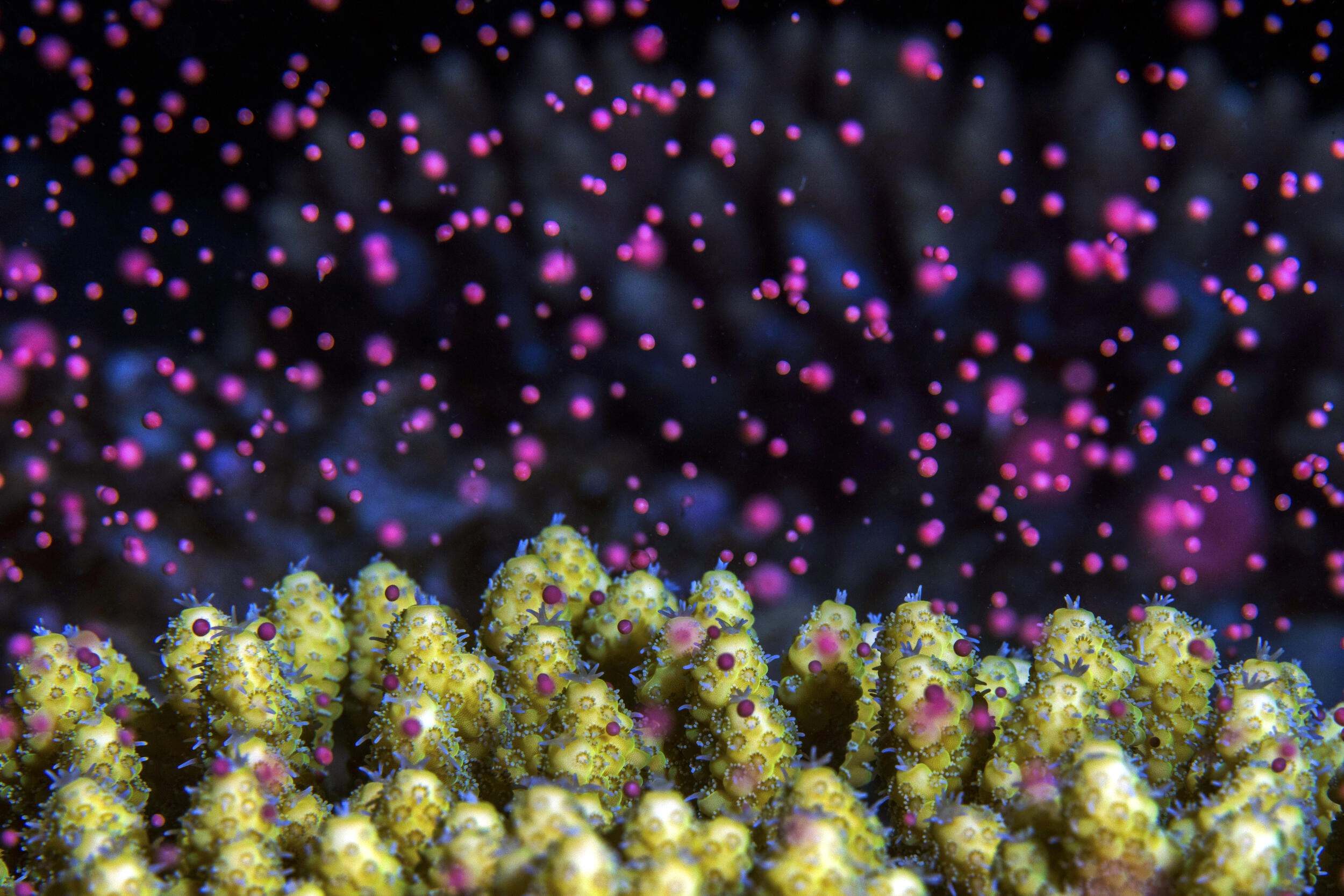Abstract: Applications for electrolysis of seawater include preventing fouling in piping systems, conditioning water for aquaculture and reef restoration. Electrolysis creates a variety of chlorine-produced oxidants that attack essential proteins of living tissues and react with metals, other compounds (e.g., ammonia, nitrites) and organic materials (e.g., amines). The Biorock® process developed by Dr. T.J. Goreau and Dr. W. Hilbertz uses electrolysis for restoring reefs and enhancing growth and survival of corals. It is believed to act by elevating pH and alkalinity at the cathode and/or by reducing enzymatic costs for pumping cations and anions across cell membranes by providing an appropriate electrical gradient (Goreau, 2013). I hypothesize that a third mechanism for enhancing organisms may also be involved: inhibition of microorganisms by significant amounts of chlorine-produced oxidants arising from the anode. Applying Faraday’s laws of electrolysis for a system at 8.0 amperes and 90% efficiency gives an estimated evolution of ~230 grams of chlorine per day (equivalent to ~70 liters of gas at STP). In nature (i.e., an open system), diffuse follow-on reaction products (including hypochlorous acid, hypochlorite, hypobromous acid and hypobromite ion) may benefit macrobiota via inactivation of microbial pathogens and competitors, or by other improvements to water quality, as long as concentrations are too low to harm larger, ecotoxicologically less vulnerable organisms.
Authors: Koster, J.
Year: 2018
View Thesis
ResearchGate (Masters Thesis, UC Santa Cruz) 5: doi.org/10.13140/RG.2.2.11469.74725


